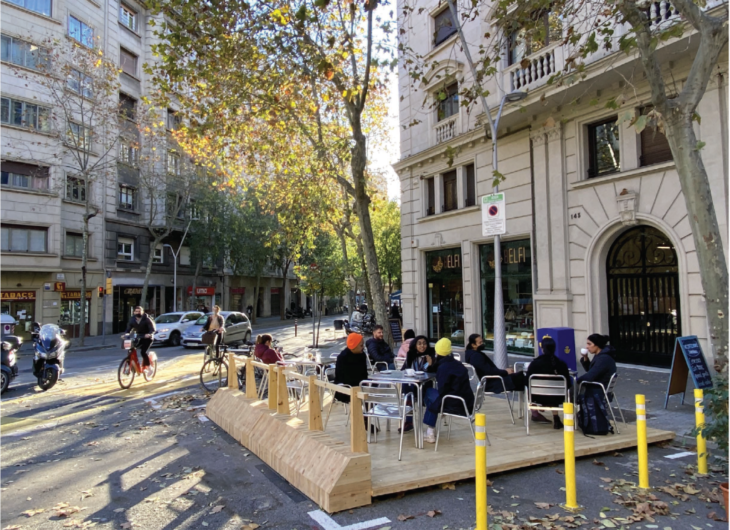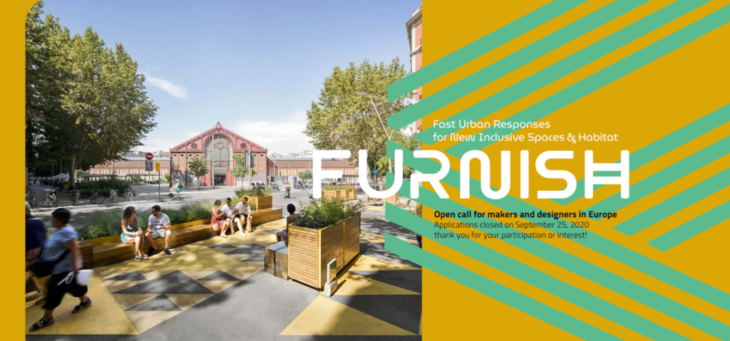1/ Context
The objective of this course is for students to form a team and lead the design and construction of a new installation at Escuela Escola in Barcelona. This project will utilize all the digital fabrication and carpentry tools within the Green Fab Lab and will be constructed from materials harvested and processed by the students on site at Valldaura. Students must master these fabrication tools, work in a group to arrive at a collaborative and innovative design for the installation, organize the production of materials and execute the construction of the final product. The project will then be assembled on site and become a dynamic part of the urban landscape.

2/ Objectives
At course completion the student will:
Create a multi-use installation structure using the Green Fab Lab and various digital fabrication techniques. The installation must be safe for children to play on, but also serve as a functional piece of urban furniture for the community when the children are not using it. Create a series of site analysis documents before commencing the design process, taking into account urban patterns, different community presences, weather, noise and any other relevant information. Produce documentation detailing the process of fabrication and installation of the final structure. These documents must be useful as instructional diagrams so that the design can be open source and replicable going forward. Many activities traditionally happening indoors may begin to happen outdoors. FURNISH proposals will facilitate cultural, educational, recreational and commercial activities to take place in public space. Both the construction and customization of the physical urban elements and their on site implementation, activation and use must be simple and open in order to facilitate scaling and replication. FURNISH proposals will foster DIY logics in both the object and its implementation in public space. The horizon of sustainability must be addressed in all its complexity: material, economic, social and ecological. FURNISH proposals will promote 1) full life cycle consideration of the materials used 2) economic sustainability 3) city resilience and social cohesion 4) positive influence on health, wellbeing and ecological systems.

3/ Faculty
Vicente Guallart was a chief architect (2011-2015) of Barcelona City Council with the responsibility of developing the strategic vision for the city and its major development projects. He also co-founded and directed the Institute for Advanced Architecture of Catalonia (2001-2011) where he led projects such as Media House Project (with MIT’s CBA), HyperCatalunya, or the Fab Lab House. His professional office, Guallart Architects has developed projects widely published like the ports of Fugee and Keelung in Taiwan, or the Sociopolis neighbourhood in Valencia and now it works in projects of several scales around the world. He is developing now projects in China, Russia. He is the author of books like Plans and Projects of Barcelona (2011-15) Geologic or The Self-Sufficient City and co-author of the Metapolis Dictionary of Advanced Architecture. His work has been exhibited at the Biennale of Venezia or NY MOMA. The American Institute of Architects organized in 2010 a solo exhibition of his work in Washington DC.